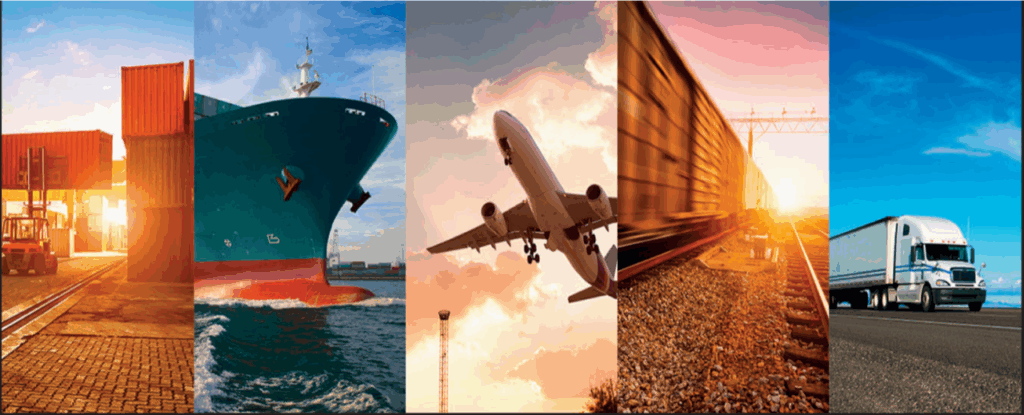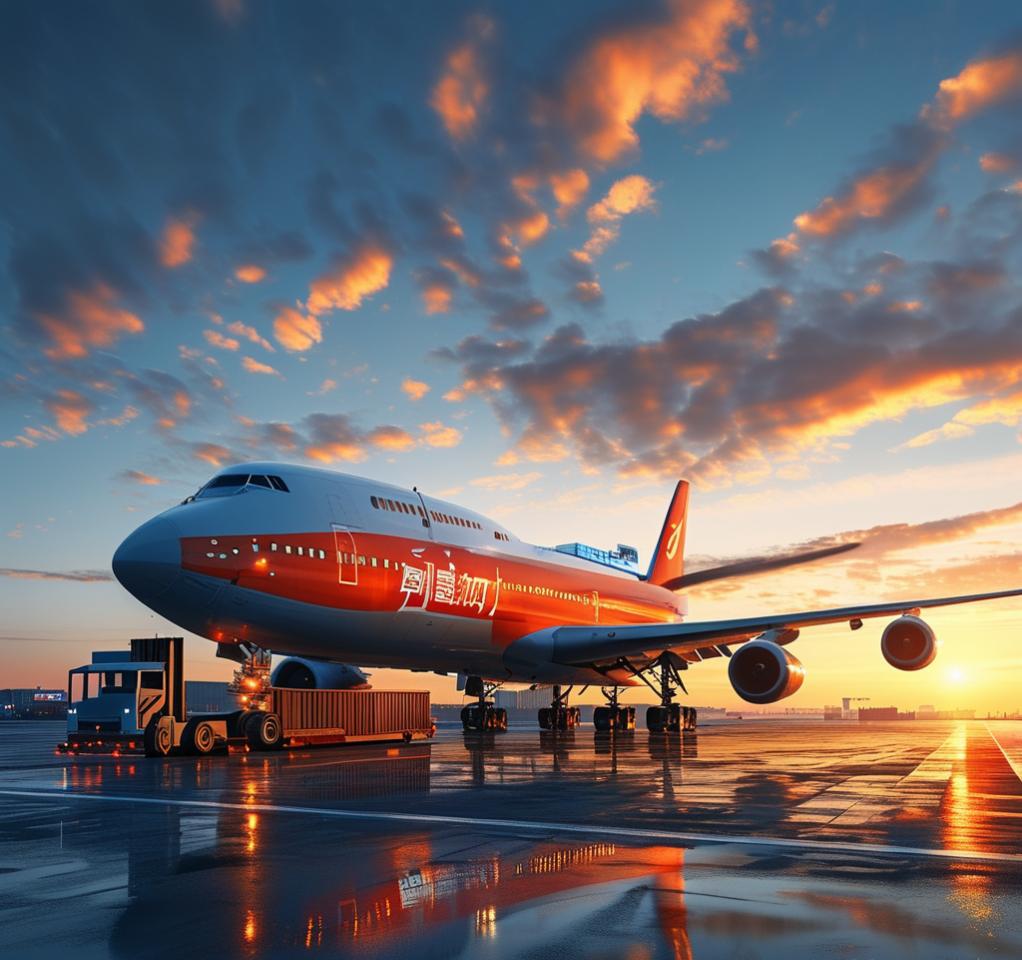In international logistics, freight insurance isn’t just a safety net—it’s a critical business decision. No matter how experienced your freight forwarder is, once your cargo is in transit, it’s exposed to risks beyond anyone’s control. That’s why understanding the types of freight insurance is essential for protecting your goods and reducing financial exposure.
Whether you’re a first-time importer or a global trading veteran, this guide will help you understand the different freight insurance options available, how to choose the right one, and what to expect in case of a claim.
1. Why Freight Insurance is Essential
Each day, thousands of containers move across seas, through air routes, overland highways, and railways. Along these journeys, they may face:
- Rough handling at ports
- Weather disruptions
- Theft or pilferage
- Fire or accidents
- Political unrest or strikes
Although carriers offer limited liability for damage or loss, their coverage typically falls short of covering your total cargo value. That’s where freight insurance comes in—it allows you to recover the full or partial value of your goods, depending on the policy you select.
📌Key Point: Freight insurance gives you financial protection against events that are usually beyond your control once the cargo leaves your facility.
2. Main Types of Freight Insurance
There are several categories of freight insurance, each designed for specific levels of coverage, goods type, and transport method. Let’s explore them.
2.1 Carrier Liability (Basic Coverage)
Carrier liability is the most basic form of cargo protection and comes included by law. However, it’s based on weight—not value—and often doesn’t match the real worth of the shipment.
- Coverage Example: Around USD 2–20 per kg, depending on the transport mode and local regulations.
- Limitation: Does not cover natural disasters or acts of God.
🟢Use Case: Only for very low-value goods or when additional insurance is already in place.
2.2 Declared Value Insurance
With declared value coverage, the shipper informs the carrier of the cargo’s value upfront and pays a premium to increase liability beyond standard limits.
- Pro: Slightly better than carrier liability
- Con: Still limited in scope and may not cover all types of losses
🟢Recommended For: Businesses seeking mid-range protection without going for full all-risk insurance.
2.3 All-Risk Insurance (Comprehensive Coverage)
All-risk freight insurance offers maximum coverage, insuring your cargo against most external risks during the entire shipping journey.
- Covers: Theft, damage, misloading, rough weather, container drop, vessel sinking, and more.
- Exclusions: War, terrorism, poor packaging, and natural deterioration (e.g., rot or rust).
🟢Ideal For: High-value, delicate, or mission-critical goods like electronics, machinery, fashion goods, or pharmaceuticals.
3. Freight Insurance Based on Mode of Transport
Different transport methods require specific types of coverage. Here’s how they compare:
| Mode of Transport | Suitable Insurance | Common Risks Covered |
|---|---|---|
| Sea Freight | Marine Cargo Insurance | Sinking, seawater damage, piracy |
| Air Freight | Air Cargo Insurance | Turbulence, rough landings, airport theft |
| Rail Freight | Inland Transit Insurance | Derailments, vandalism, theft |
| Road Freight | Trucking Insurance | Accidents, fire, theft, load shifting |
🟢Pro Tip: Make sure your policy aligns with your cargo’s journey, especially if you’re using multimodal shipping.

4. Additional Types of Freight Insurance
Besides the standard types, insurers also offer specialized options for added security:
4.1 Contingency Insurance
This covers the shipper when the buyer is responsible for insurance but fails to secure proper coverage.
4.2 Warehouse-to-Warehouse Coverage
Extends protection from the moment the goods leave the seller’s facility until they reach the buyer’s warehouse—not just port-to-port.
4.3 General Average Contribution Coverage
If a shipowner sacrifices part of the cargo to save the vessel , all cargo owners must share the loss. This insurance protects you from paying a share of someone else’s loss.
5. Common Exclusions in Freight Insurance
Even all-risk policies come with specific exclusions, which may include:
- Poor or insufficient packaging
- Delays in delivery
- Loss of market value
- Acts of war or terrorism (unless purchased separately)
- Inherent vice (natural deterioration of goods)
Always read the policy details to understand the fine print before purchasing.
6. How to File a Freight Insurance Claim
In the unfortunate event that your cargo is damaged or lost, follow these steps:
- Inspect your goods immediately upon receipt.
- Document the damage with photos and notes.
- Notify your insurance provider within the claim window (usually 3–7 days).
- Provide supporting documents: invoice, bill of lading, packing list, insurance certificate, and delivery receipt.
- Follow up and cooperate with the insurer’s surveyor or adjuster.

7. Freight Insurance and Incoterms
Your responsibility to provide insurance depends on the Incoterms agreed upon in your sales contract. For example:
- CIF (Cost, Insurance, and Freight): Seller must provide insurance.
- FOB (Free on Board): Buyer is responsible after loading.
- DDP (Delivered Duty Paid): Seller covers everything, including insurance.
Understanding Incoterms is crucial to avoid confusion over who should bear the cost of insurance.
8. How to Choose the Right Insurance Provider
When selecting a freight insurance provider, consider:
- Experience with international shipping
- Coverage flexibility for different transport modes
- Transparent pricing and low deductibles
- Support for fast claims processing
- Availability of add-ons
Trusted logistics companies like TJ China Freight Forwarder often offer customizable insurance solutions along with freight forwarding services.
9. Conclusion: Don’t Risk Shipping Without Proper Insurance
With rising freight volumes, congested routes, and unpredictable weather, having the right types of freight insurance is more important than ever. Whether shipping a single container or managing a supply chain, investing in insurance minimizes your financial exposure and improves business continuity.
Always assess your cargo’s value, shipping method, and destination risks before selecting the appropriate policy.
Request a Quote
Need a tailored solution for your shipping from China?
Let TJ China Freight Forwarder assist you with reliable, cost-effective service.
FAQ:
Q1. Is freight insurance legally required?
No, but it is strongly advised—especially for high-value or international shipments.
Q2.Does all-risk insurance cover delays?
No. Most policies exclude delays unless specifically stated.
Q3. Can I insure a partial shipment (LCL)?
Yes, most insurers allow LCL insurance, though premiums may vary.
Q4.How is the insurance premium calculated?
Usually a percentage (e.g., 0.1–0.5%) of the declared cargo value + freight cost.
Q5.What documents do I need to buy freight insurance?
Commercial invoice, packing list, and bill of lading are typically required.
